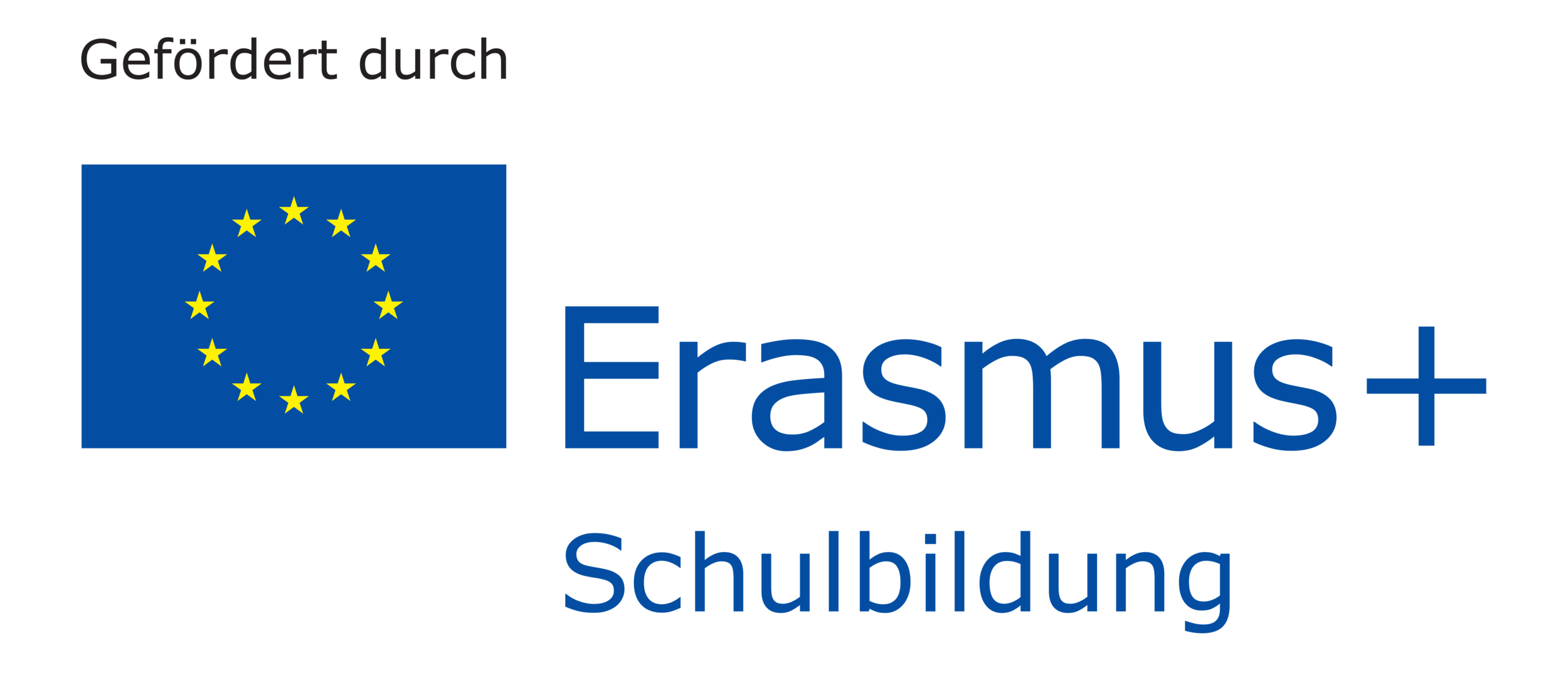Language and Communication with Children
Continued…
When used consciously, language can serve as a bridge between the adult and the child and help establish a positive connection between the two. Language and communication encompass more than just spoken language and include listening skills, body language, tone of voice, pace and volume. The mentioned characteristics of speech provide the child with enough information about the current situation and the state the adult is in, even if the child does not speak or is in a setting where they do not understand the language offered. Here, language serves more as a tool of social interaction than mere comprehension. The social dimension of language can at times provide more information than the actual spoken words themselves. The question of how parents can assist their child in this process can be answered with their support during the time outside of kindergarten. Parents are not necessarily present throughout the child's whole day and the kindergarten becomes a space for the child to grow and learn. Children have many different interactions during their day at kindergarten and will develop in areas like self-efficacy, self-confidence, autonomy, empathy and resilience. These are skills that children need to learn for themselves.
Outside of kindergarten, it can be valuable for parents to support their child to use language and communication to help prepare them for what is ahead by tal- king about experiences and reflecting together. This can benefit children du- ring their time at kindergarten without their parent being physically present. How and when a parent communicates with their child can help the child feel more relaxed and comfortable in challenging situations. When relaxed and comfortable, the child, in turn, will be able to actively explore their surroundings and stay open to learning and new experiences. Parents can serve as role models in the home by using communication and language to address important situations and by comforting and supporting their child in new and unknown situations out- side of kindergarten. Language can, therefore, be used as a tool to guide and support the child.
The Pikler approach, from the pedagogy of Emmi Pikler, refers to the conscious use of language as a tool to form an authentic and deep bond with a child. The language used with the child should be respectful and attentive as it tries to mirror the child's actions, interests or initiatives. A calm and interested tone of voice coupled with the continuity of communication accompanies the child in their world of experiences and gives the child a feeling of safety, joyful interaction and appreciation, building a relation- ship between the adult and the child. Using the Pikler approach, the adult observes the child and narrates what the child is doing and what will happen to the child next. This use of language accompanied with the shared experiences between parent and child prepares the child for changes or un- foreseen situations, provides a feeling of security, of being seen and being in control. This should be an empowering experience for the child. Families can support their child through discussing their child's day with their educators, and in turn discussing positive or challenging experiences with their child at home. Continuing to sup- port the home language(s) and ensuring that the child has a solid language base from which to express themselves contributes to a strong, positive sen- se of identity. This sense of identity is crucial to consolidating a child's sense of belonging and understanding their place in the world.
